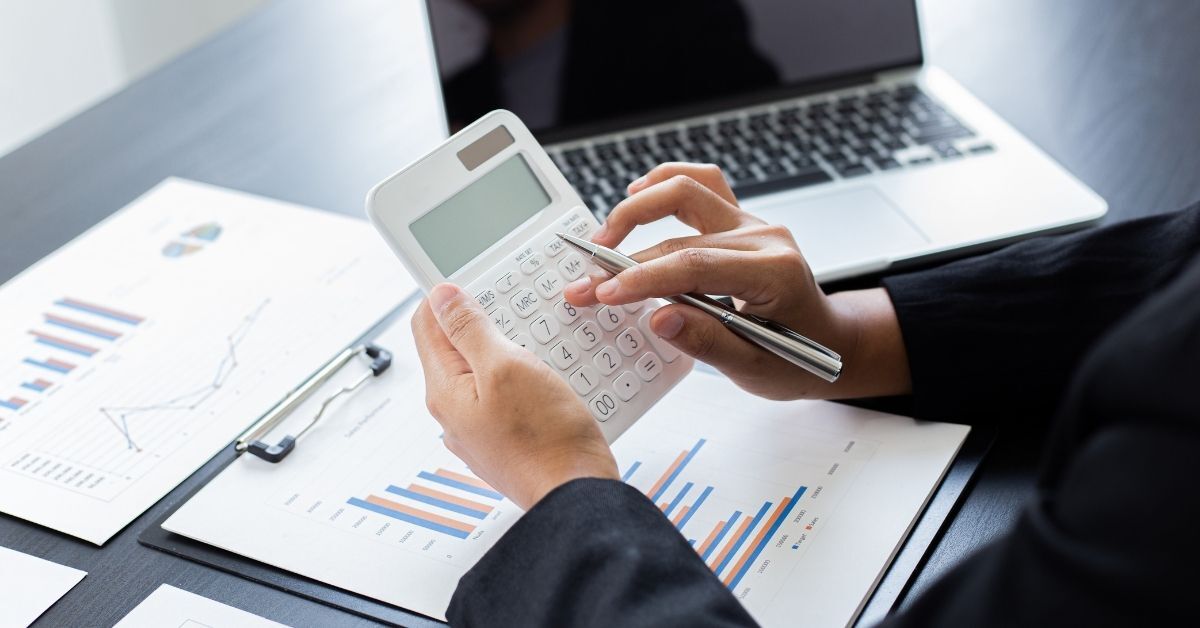In the world of accounting, debits and credits are the cornerstones of recording financial transactions. But what exactly does a credit signify, and how do businesses use it? This article delves into the concept of credits and their role in maintaining accurate financial records.
Credits: The Flip Side of the Coin
Think of debits and credits as two sides of the same coin. Debits represent increases in assets and expenses or decreases in liabilities and equity. Credits, on the other hand, have the opposite effect. A business uses a credit to record:
- Increases in assets: This includes situations where the business acquires something of value, such as inventory from a supplier or a new piece of equipment. The credit reflects the growth in the asset account.
- Decreases in liabilities: When a business pays off a loan or other debt, it uses a credit to decrease the corresponding liability account. This signifies a reduction in the obligation.
- Decreases in equity: Equity represents the owners’ claim on the business. Credits are used to record events that decrease equity, such as dividend payments to shareholders.
- Increases in revenue: Credits come into play when a business earns income. A sale of products or services generates revenue, which is recorded with a credit to the appropriate revenue account https://germanstory.de/.
The Importance of Double-Entry Bookkeeping
The beauty of debits and credits lies in the concept of double-entry bookkeeping. Every transaction has two sides: a debit and a credit. This ensures that the total debits always equal the total credits, maintaining a balanced accounting equation.
For example, if a business purchases office supplies for $100 on credit, it would record a debit of $100 to the office supplies account (an asset) and a credit of $100 to the accounts payable account (a liability). This transaction increases one account (office supplies) while simultaneously increasing another account (accounts payable) by the same amount, keeping the equation in balance.
Understanding Credits Makes You Accounting Savvy
By grasping the concept of credits, you gain a deeper understanding of how businesses record financial activities. Credits reflect increases in certain accounts and decreases in others, providing valuable insights into a company’s financial health. Whether you’re a business owner, an investor, or simply someone curious about accounting, recognizing the role of credits empowers you to better interpret financial statements.
